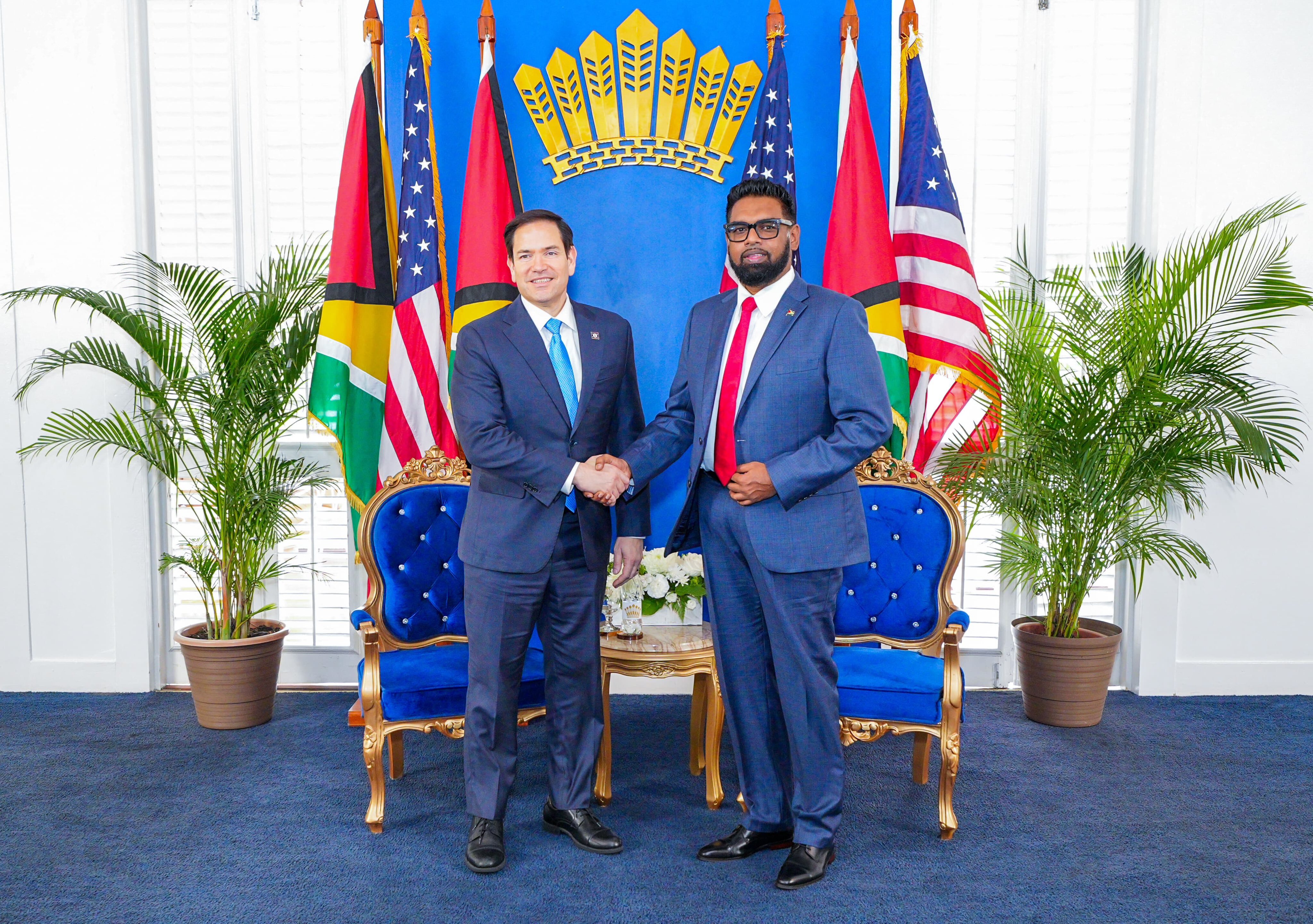Summary - Natural Resource Extraction: Where Are We Heading?
Summary - Natural Resource Extraction: Where Are We Heading?
Americas Quarterly launched its Winter 2013 issue on natural resource extraction.
Panelists:
- Maj. Gen. Richard L. Engel, USAF (Ret.), Director of the Environment and Natural Resources, National Intelligence Council
- Bernice Lee, Research Director of Energy, Environment and Resource Governance, Chatham House
- Christopher Sabatini, Senior Director of Policy, AS/COA; Editor-in-Chief, Americas Quarterly (Moderator)
Summary
This public panel explored the global geopolitical outlook of natural resources and the approaches toward sustainable extractive activity with respect to governance and the environment. Panelists discussed the projected changes in resource demand and supply, and their implications for price volatility.
This event also marked the launch of the Winter 2013 issue of Americas Quarterly (AQ) entitled “Natural Resource Extraction: Boon or Curse?” AS/COA and AQ’s Christopher Sabatini moderated a discussion with Chatham House’s Bernice Lee and Rich Engel of the National Intelligence Council (NIC). Lee discussed her AQ article on how natural resources are recasting geopolitics as well as her detailed Resources Futures study on the long-term resource outlook. Engel offered his perspective on how the United States views these changes and spoke about his office’s Global Trends 2030 report.
[[nid:49046]]
Subject Diagnosis
Sabatini opened the panel by observing that the current resource bonanza is spurring rather little debate—particularly in Latin America and the Caribbean—about its long-term effects on political, economic, and social development in the areas where extractive activities are taking place. Sabatini argued that this contemporary reality runs counter to that of the 1960s and 1970s, when dependency theory dominated much of the discussion in Latin America.
He noted that the Winter 2013 issue of Americas Quarterly concluded that the commodity boom and the extractive bonanza are here to stay. However, the journal also delves into what can be done to minimize the social conflicts surrounding exploration and extraction and the potentially deleterious effects it can have on institutions and broad-based economic development.
Citing Chatham House’s Resources Futures study, the research for which Lee directed, Sabatini noted that a new group of consumers has emerged, which is creating new supply chains and ushering in a new era of globalization and interdependence.
Key Players, Key Challenges
Lee’s AQ article notes that despite the changing calculus in natural resource geopolitics, large commodity producers still play an important role. Supply remains very concentrated: the top three producer nations for each of nearly 19 key commodities collectively produce over 50 percent of global supply of their respective resource.
Engel identified two important factors as to how a country can capture its natural resource: its ability to draw on foreign investment and its capacity to govern properly in order to strategically channel that wealth for the benefit of its population. Lee added that another essential component is a country’s ability to access other resources such as water and energy to extract a commodity. She cited the example of infrastructural constraints related to the transportation of water from the ocean and across mountains to extract copper from Chile’s Atacama Desert.
Such challenges invariably create supply disruptions. Engel agreed, noting that the NIC’s Global Trends 2030 examined the interconnectedness between food, water, and energy. It looked at how future water availability is critical for economic development—such as natural resource extraction, energy production, and agricultural production—in a variety of developing countries.
But the larger resource picture is becoming more polycentric, as illustrated by many new consumers in large emerging economies such as China and India. Lee stressed that these new relationships are creating greater interdependence, meaning that local disruptions can be more easily transmitted through global markets—leading to greater price volatility and greater concerns of resource insecurity.
Creative Solutions
These developments show that geopolitics and geoeconomics are converging, concluded Lee. Companies and governments may try harder to secure resources through measures such as export restrictions, creating a “beggar-thy-neighbor” atmosphere that may lead to further instability, she noted.
Engel argued that a lack of adequate water, food, or energy for any supplier can have implications for the United States’ national security—especially if that actor is critical to U.S. security interests or is located in a geostrategic region. Both Engel and Lee warned that climate change represents a risk in terms of water and agriculture supplies, the former of which can also affect access to energy, minerals, and metals.
One resolution Lee proposed was the creation of a “Resource 30” group of 30 top consumers and suppliers of commodities which would manage global resources and act as an insurance mechanism to alleviate price volatility. (The details of the proposal can be found in her Americas Quarterly feature article and related op-ed in the Financial Times). Lee argued that while the G20 attempted last year to address policies related to natural resources, there were other items on the agenda that prevented a more thorough discussion—a signal that further calls for the creation of a forum specific to resources.
Engel echoed this sentiment, noting that Global Trends 2030 had discussed a common international set of institutions in which China, the European Union, and the United States were all comfortable with regulated systems of international investment and trade of natural resources. A bifurcation of such systems, Engel warned, would risk an insufficient use of capital: a degradation on the ability to develop.








